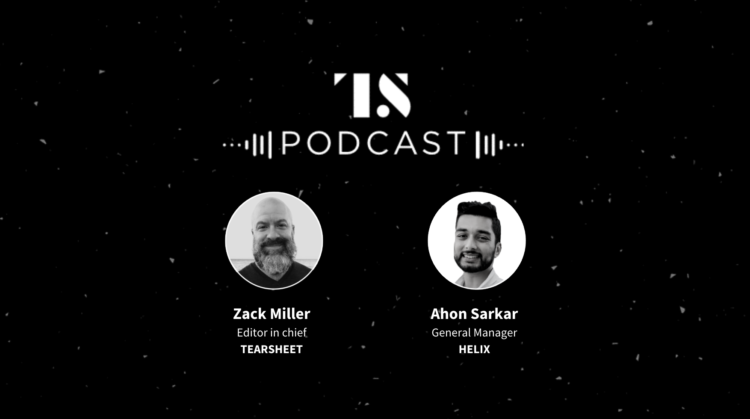Banking as a service, Partner, Podcasts
‘Just because you can build a bank account doesn’t mean you should’: Helix’s Ahon Sarkar
- Helix’s GM Ahon Sarkar joins us on the Tearsheet Podcast to break down what it takes for companies to win in embedded finance (and whether they should even try doing it at all).
- What’s common among the winners? Established client relationship with trust, in a unique context, with a focus on differentiation, history of building user-centric products, and the right business model.








